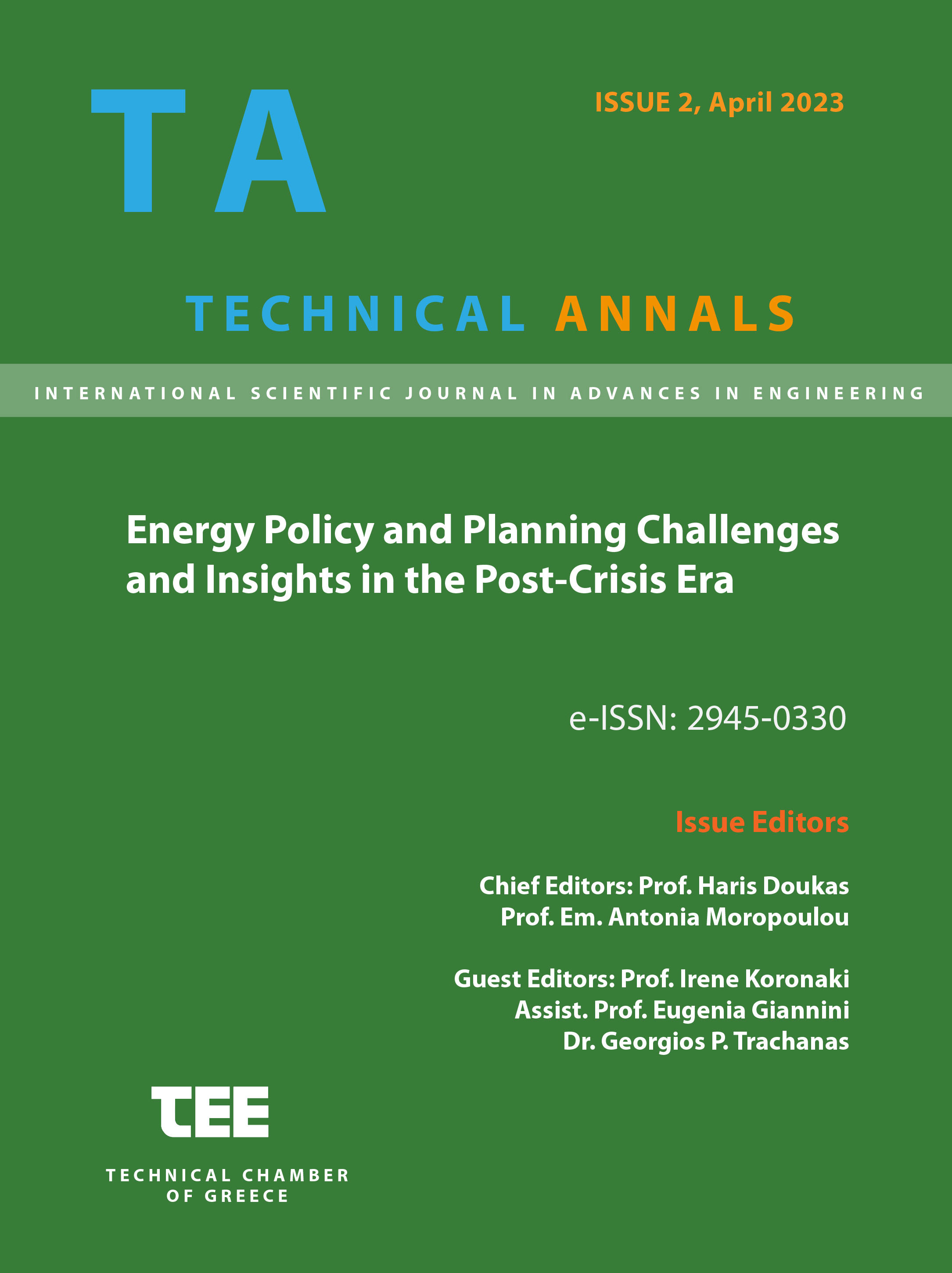Historic building and green energy. Strategies to make supply from renewable sources compatible with conservation

Abstract
The challenges of today are largely summarized in the United Nations 2030 Agenda. Buildings are also part of the 17 sustainability goals in several respects, one of them being the role of reducing climate-altering emissions, reducing waste, assessing the life cycle of materials, limiting heat loss and introducing renewable energy sources. In particular, the contribution deals with how to ensure the supply of energy from renewable sources for cultural assets and buildings that are part of historic centers. In these cases it can be very difficult to achieve both the objective of protecting the monument or landscape as well as that of installing or connecting the building or urban or rural settlement to renewable energy sources. Through some European and Italian examples in particular, where about 8 million buildings were constructed before 1945, about 25% of the total, virtuous ways will be presented that make it possible to achieve both objectives simultaneously. The regulations that favor this dual objective will also be highlighted, such as the one of the Veneto Region on so-called energy communities and the national one that allows the deferral of energy production from one place of cultural interest to another that has none, without serious costs for the final beneficiary and safeguarding the cultural asset.
Article Details
- How to Cite
-
Trovò, F. (2023). Historic building and green energy. Strategies to make supply from renewable sources compatible with conservation. Technical Annals, 1(2). https://doi.org/10.12681/ta.33918
- Section
- Energy

This work is licensed under a Creative Commons Attribution-NonCommercial-ShareAlike 4.0 International License.


